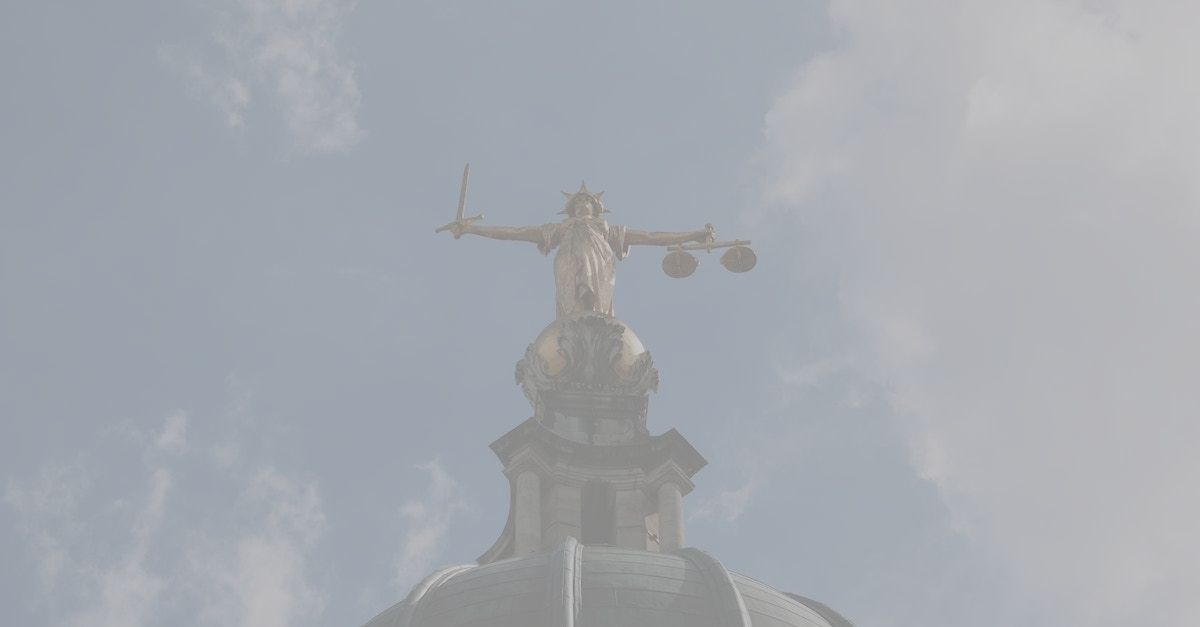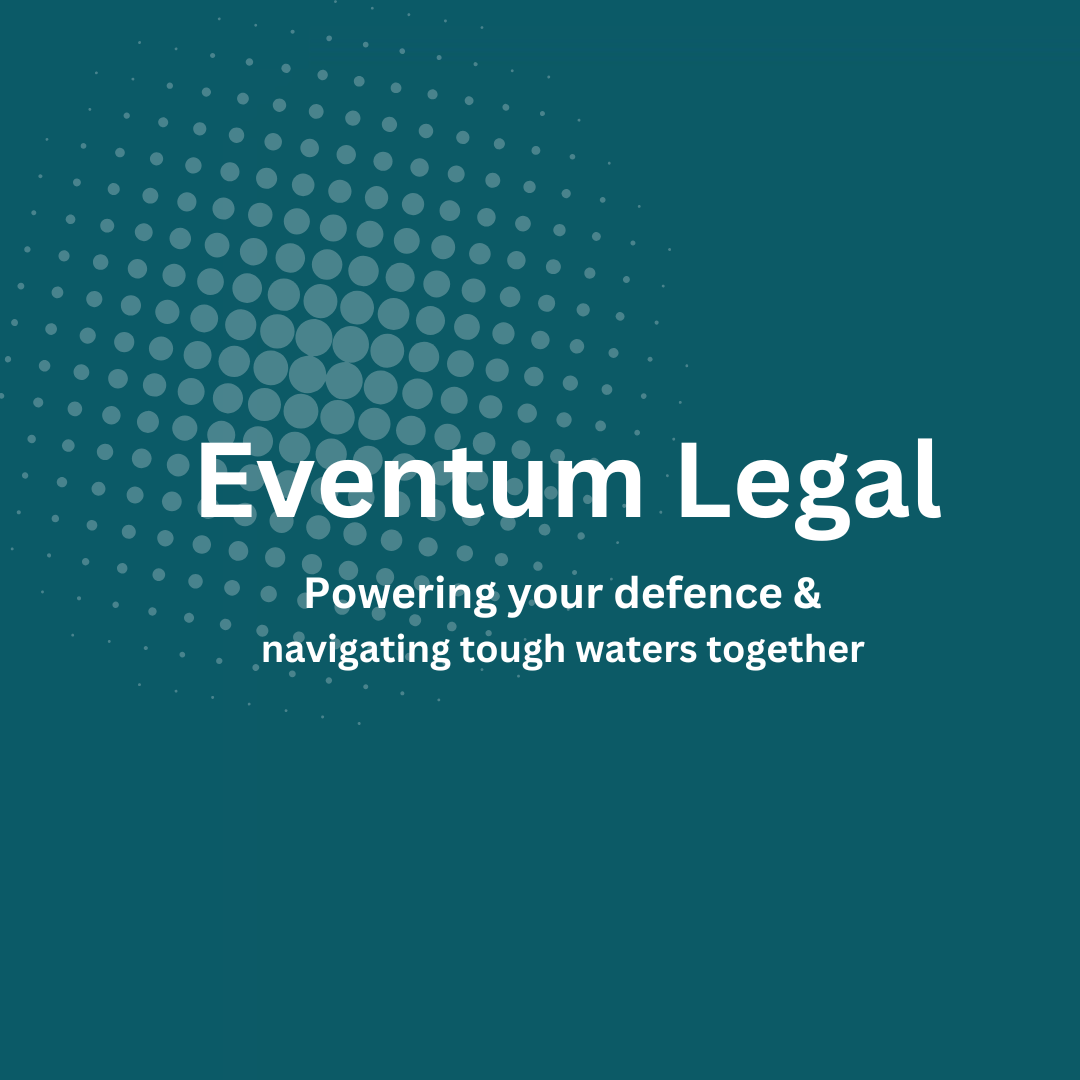Commission of Child Sex Offences Online: Hugh Nelson Jailed for 18 years for Child Sex Offences Including Making and Distributing Indecent Images of Children
Bolton Crown Court today jailed Hugh Nelson for 18 years imprisonment, and a further 6 years on licence upon release.
Contact Us
Nelson had pleaded guilty to 16 offences relating to the sexual abuse of children of which include making indecent images of children, distribution of indecent images of children, intentionally encouraging or assisting the commission of the rape of a child under the age 13
and attempting to incite a child aged under 16 years to engage in sexual activity. The offences were committed online where the defendant was the administrator of an encrypted chat room whereby likeminded individuals discussed the abuse of children, bought and exchanged indecent images of children.
This is an extremely lengthy sentence, and in addition to the long custodial sentence Nelson would have been made subject to a Sexual Harm Prevention Order
(SHPO) and the notification requirements of the Sex Offenders Register
for life.
Indecent Images of Children
Making an indecent image of a child can have many meanings; to download, to take, to permit to be taken, to open an attachment containing an image, storing an image in a directory on a computer, accessing a pornographic website whereby indecent images appear as a pop up, receiving an image via social media, and live streaming of images.
It is an offence under section 1(1)(a)of the Protection of Children Act 1978
for a person to make an indecent image of a child. Making is usually the offence a suspect will be charged with rather than possession. When a device is seized, it may be the case that an image is stored in such a way that it is not possible to say that the suspect possessed it, because it is not accessible to them. For a person to be in possession of an indecent image of a child, they must have custody and control over the image and must be able to access the image. Therefore, making is the preferred charge, where all the prosecution must prove is that the user of the device knowingly made the image at some stage.
In the case Hugh Nelson, it appears he was generating indecent image of children using AI technology, taking a real photo of a child and using his knowledge of computer graphics to place that child into a sexual image. He would then put his made images into circulation by distributing them online and would accept payment for doing so. It is said that he made over £5,000 making and selling the indecent images.
Distribution of indecent images of children is a serious offence, and on its own carried a maximum sentence of 10 years imprisonment. It is an offence under
section 1(1)(c) of the Protection of Children Act
for a person to have in their possession any indecent images with a view to it being distributed or shown by them to others. The words “with a view to” require that the distribution or showing must be at least one of the suspects purposes, but not necessarily the primary purpose. It seems that proving the intention of Hugh Nelson was not difficult for the prosecution as he was actively taking money from people and orders for his AI generated images.
Encouraging or Assisting the Commission of the Rape of a Child Under 13 Years Old.
Section 44 of the Serious Crime Act 2007 makes it an offence for a person to do an act which is capable of encouraging or assisting the commission of an offence; and with the intention that they intend to encourage or assist in its commission. The law provides that where it is proved that a person has committed this offence, they have secondary liability for the actual offence. The prosecution would not be required to prove that the encouragement or assistance had a positive effect on the other person’s conduct or the outcome.
It is a serious offence which carries a lengthy term of imprisonment upon conviction. The court took into consideration that they could not be sure whether or not the encouragement of Hugh Nelson actually led to the commission of any rape of a child.
Attempting to Incite a Child aged Under 16 Years Old to Engage in Sexual Activity
An offence charged under
s.1 of the Criminal Attempts Act 1981
is commonly seen in sexual offence cases, particularly offences which involve sexual communication. The CPS will charge under the attempts act when the suspect has been talking to an under-cover police officer or hunter group, this is because they were not talking to a real child and it is therefore an attempt to sexually communicate with one, or as in the case of Nelson, incite a child to engage in sexual activity.
It is known that in Nelson’s case that he was caught by an undercover police officer taking part in a chat room where Nelson was a participant. It is likely that the content of the conversations which would have been recorded by police played a crucial role in providing evidence which ultimately led to his arrest and conviction.
Sexual Harm Prevention Order
Following a conviction for an offence listed within schedule 3 or 5 of the Sexual Offences Act 2003, it is often that in most cases the court will make a Sexual Harm Prevention Order. Such an order will prohibit the defendant from certain activities which relate to the commission of the offences they have been convicted of. In this case it is likely any order will prohibit contact with children and also internet and device use.
Sex Offenders Register Requirements
The Sex Offenders Register is going to be a mandatory requirement for Hugh Nelson, and he is likely to be the subject of this for life. However, where a person is made subject to the Sex Offenders Register for life, they can apply for removal from it after being on it for 15 years. The requirements for a person to notify as part of their Sex Offender Requirements begin either upon the entering of a guilty plea, or their release from prison.
The Sentence and Credit
When sentenced Hugh Nelson would have been awarded credit for his guilty pleas to the offences. Credit is given in cases where a defendant pleads guilty at their earliest opportunity. The starting point is for one third reduction to be made from any sentence, this then reduces on a sliding scale as time passes in a case. A defendant pleading guilty close to trial or on the day of trial is unlikely to get much credit, and sometimes non at all. Understanding the principle of credit is very important, and it is essential all defendants are properly advised and guided in respect of credit and any evidence against them. If a person is looking at a considerable amount of years in prison, as Hugh Nelson was, credit can make a huge reduction on final sentence.
Mitigation was also present by Nelson's barrister. Strong mitigation can assist at sentence, and can move a defendant into lower sentencing brackets. Therefore, thorough preparation for sentence even where a guilty plea is entered is incredibly important.
Eventum Legal
At Eventum Legal we represent clients at all stages of proceedings both where guilty pleas are entered, and not guilty pleas. We stand by our clients and build a robust approach to their case to achieve the best possible outcome. With over 25 years combined experience we are able to navigate complex legal issues to ensure the plea our client is entering is in their best interests. We spend the time with clients and prospective clients to ensure they understand their case, possible defence strategies and options. Contact us free of charge
for no obligation discussion and guidance on how we can approach your case and provide the legal advice and support you need.
We Can Help With

Has your case been listed for pre-trial review? Are you concerned about what the hearing may entail? Our team have put together this short fact sheet which provides some guidance as to why a pre-trial review may be listed and what happens in the courtroom. Pre-trial reviews are not always necessary, however in cases which may have complex issues, be anticipated to be lengthy trials, or issue have arisen during trial preparation between the parties, then a pre-trial review is likely to be required. What is a Pre Trial Review? A pre-trial review is exactly what the name suggests, it is an opportunity for the court review the case prior to trial. The judge will ensure that both parties have met previous directions set by the court, and that there is no outstanding issues or reasons which may cause a delay to the trial. If there are any issues that have arisen between the parties they will be aired and the judge, where required, may set directions to the prosecution and defence with the aim being to resolve the problems, and to enable trial to begin and run effectively. Issues that can arise during trial preparation may include: 1. Applications to introduce bad character , this can be of the defendant or any other trial witnesses. 2. Applications to introduce hearsay evidence 3. Problems with witnesses 4. Delays caused by either part, where material should have been served and hasn't. 5. Applications for disclosure of documents which the defence may need and they are being withheld. Do I need to attend my pre-trial review? Yes, the defendant in a case is almost always required to attend their pre-trial review. It can also be useful for the defendant's attendance so that they can remain fully involved and aware of the process and decisions being taken in their case. You will not be asked any questions at the hearing but the judge may wish for you to acknowledge the outcome of the hearing and directions set, particularly if there is work for the defence team to carry out. Will my barrister attend my pre-trial review? You must always be represented at any court hearing. Our team take great pride in our meticulous preparation for all court hearings and your barrister would be instructed to attend your pre-trial review, with a detailed brief which would detail any issues we have with the prosecution or delays that are affecting our ability to prepare for trial. Do my witnesses have to attend my pre-trial review? No, your witnesses do not have to attend your pre-trial review. No evidence will be heard during the hearing, it is to establish readiness for trial only, resolve issues that could potentially cause delays, and to give the court confirmation that the current date listed for trial will be able to remain. How long does a pre-trial review hearing take? How long a pre-trial review hearing takes depends on the nature of the case and whether any issues require addressing by the judge. The court will usually want to process pre-trial review hearings quickly, and in sexual offence or domestic abuse cases the hearings can last anywhere from 10 minutes to one hour. How Eventum Legal can help Our team take a meticulous approach to trial preparation and will always be alert to any issues that could affect your case. We take a no stone unturned approach and we are not afraid to challenge decision of the CPS at hearings before the courts. We have select barristers which we work regularly with when defending sexual and domestic violence cases so you are provided with a strong and experienced team who are dedicated thorough preparation and presentation of your case. If you have a pre-trial review hearing approaching and are unrepresented, or feel that your current legal team are not making the progress required then contact us for a free initial consultation where we will assess your case, circumstances and the future of any court hearings.



